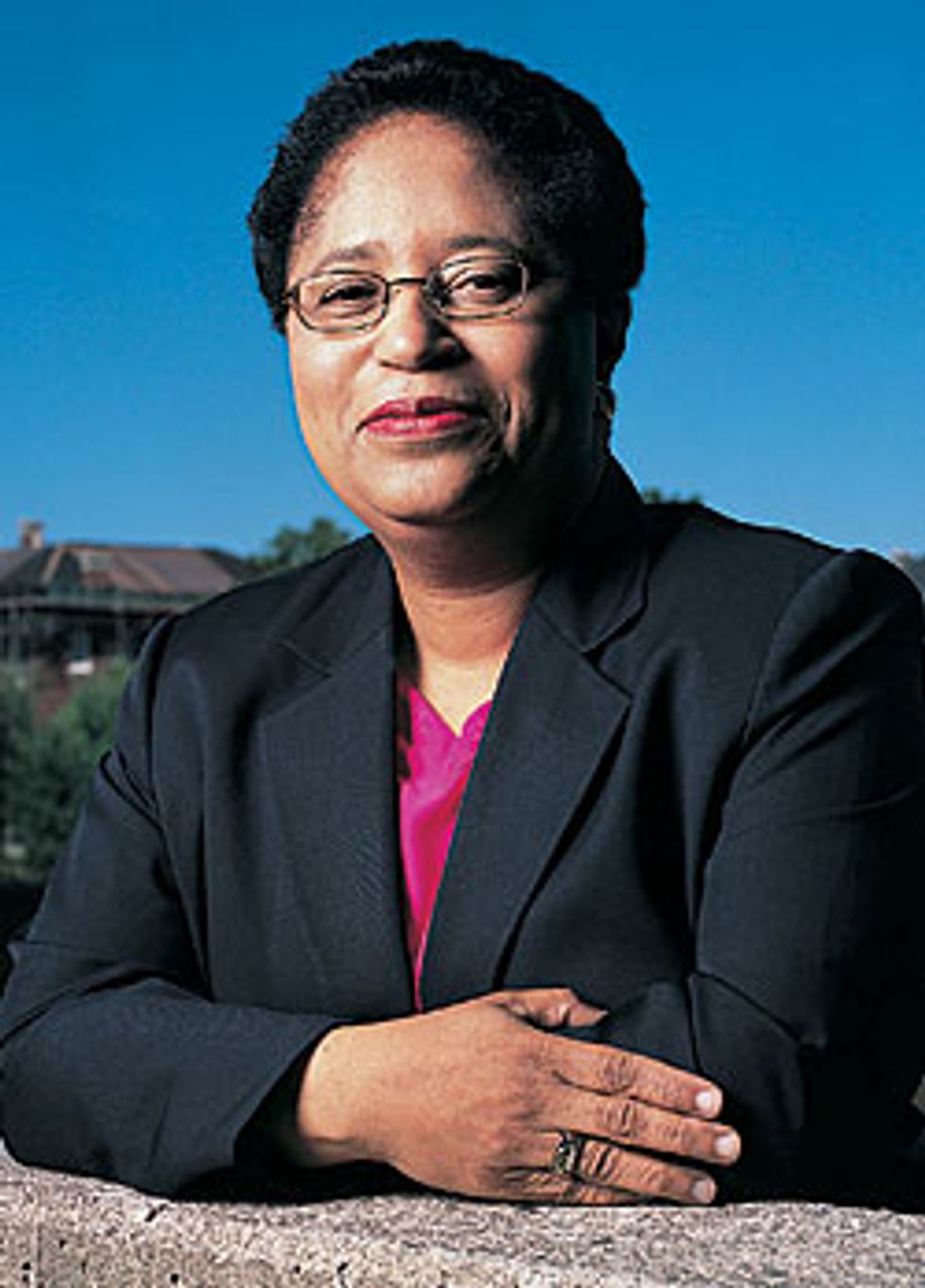Schools Hardest Hit
Of the 100 000 U.S. Gulf Coast college and graduate students said to be affected by Katrina's destruction, more than 67 000 were displaced from 10 New Orleans campuses.
Institution/Displaced Students
University of New Orleans 17 300
Delgado Community College 15 300
Tulane University 12 400
Loyola University of New Orleans 5900
Xavier University of Louisiana 3900
Southern University at New Orleans 3500
Louisiana State University Health Sciences Center 2800
New Orleans Baptist Theological Seminary 2700
Dillard University 2300
Our Lady of Holy Cross College 1450
Schools Lending a Hand
Among the technically oriented schools that have offered to take in displaced students, Texas A&M University seems to be doing most: it had enrolled 100 students displaced by Katrina by 5 September and said it would accept another 900 by the end of that week. Other universities providing substantial assistance have included Rensselaer Polytechnic Institute, Troy, N.Y. (100 undergrads from Xavier and Tulane); Columbia University, New York City (230); Cornell University, Ithaca, N.Y. (200); the University of Maryland, College Park (more than 100); and Pennsylvania State University (33 so far). Typically, universities are providing a semester or two of free tuition to the students being rescued. Why aren't some of the best-endowed institutions doing even more? Well, you don't want to overcommit, observes Shirley Jackson, president of RPI.
Students from Abroad
An estimated 4500 students from outside the United States were part of the mass exodus of people fleeing the Gulf Coast to avoid Katrina. To prevent being sent back to their home countries, international students must walk a tightrope. They must enroll at other colleges within 30 days of the original start date of classes at the schools they left and take full course loads at their new colleges--whether or not there are a sufficient number of courses relevant to their majors at the receiving schools. They cannot take more than one online course per semester or work off campus, though many are graduate students who received income from work on research projects at their home campuses and may now be destitute.
Tale of Two Colleges
Tulane says its students are still responsible for paying full tuition for the fall semester--even if a displaced student is currently attending another school tuition free, is at a school with fees much lower than Tulane's, or has decided to resume classes in January. For students planning to return to the school in the spring, Tulane says it will credit the payments to their accounts. Harder-hit Dillard, historically an African-American institution with an endowment that's a small fraction of Tulane's, has said it simply has no way of knowing the status of student accounts. As it happens, Brown and Princeton universities have pledged to help Dillard get back on its feet. (Ruth Simmons, the president of Brown, is a Dillard graduate.) The Ivy League schools will send personnel with expertise in logistics, facilities, human resources, computing, development, and libraries, and they will provide equipment, academic resources, and additional consulting.
Physical damage
The full scope of devastation has yet to be determined. But just two of the universities affected in New Orleans--Delgado and Southern University--each guess it will take upward of US $350 million just to fix water damage. The state of Mississippi puts its schools' repair tab at $670 million. Where will such money come from? The U.S. Department of Education has requested $227 million for students and schools affected by Katrina, but most of that money will go to schools that have taken in displaced students and to offset the cost of student loan deferments. Private schools like Dillard and Tulane are barred under federal law from receiving funds for repairs and reconstruction from the Federal Emergency Management Agency (FEMA). The agency can help them only with emergency response and cleanup.
